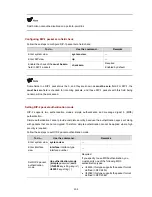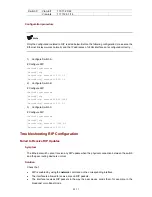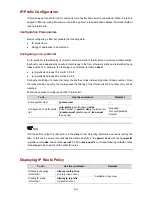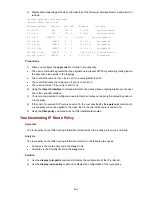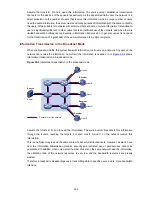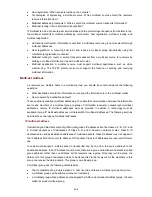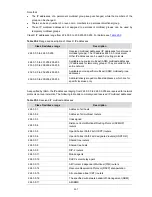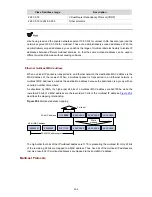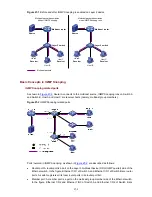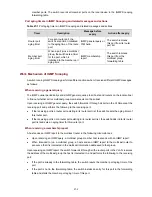
Inform
er of users
ficient.
require specified information, the
s the information only once. With
rough multicast routing protocols,
shown in
Figure 25-3
ation Transmission in the Multicast Mode
As described in the previous sections, unicast is suitable for networks with sparsely distributed users,
whereas broadcast is suitable for networks with densely distributed users. When the numb
requiring information is not certain, unicast and broadcast not ef
Multicast solves this problem. When some users on a network
multicast information sender (namely, the multicast source) send
multicast distribution trees established for multicast data packets th
the packets are duplicated and distributed at the nearest nodes, as
:
Figure 25-3
Information transmission in the multicast mode
Source
Server
Receiver
Receiver
Receiver
Host E
Host A
Host B
Host C
Host D
Packets for the multicast group
Assume that Hosts B, D and E need the information. To transmit the information to the right users, it is
ry to group Hosts B, D and E into a receiver set. The routers on the network duplicate and
necessa
corre
st data flow on each
z
rs does not
work burden remarkably.
The advantages of multicast over broadcast are as follows:
requires the data.
Roles
z
distribute the information based on the distribution of the receivers in this set. Finally, the information is
ctly delivered to Hosts B, D, and E.
The advantages of multicast over unicast are as follows:
z
No matter how many receivers exist, there is only one copy of the same multica
link.
With the multicast mode used to transmit information, an increase of the number of use
add to the net
z
A multicast data flow can be sent only to the receiver that
z
Multicast brings no waste of network resources and makes proper use of bandwidth.
in Multicast
The following roles are involved in multicast transmission:
An information sender is referred to as a multicast source (“Source” in
Figure 25-3
).
Each receiv
z
er is a multicast group member (“Receiver” in
Figure 25-3
).
25-3

